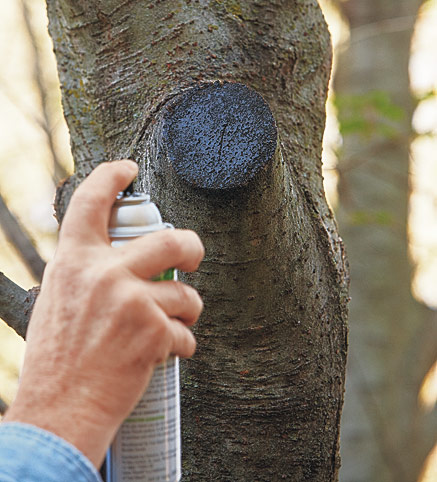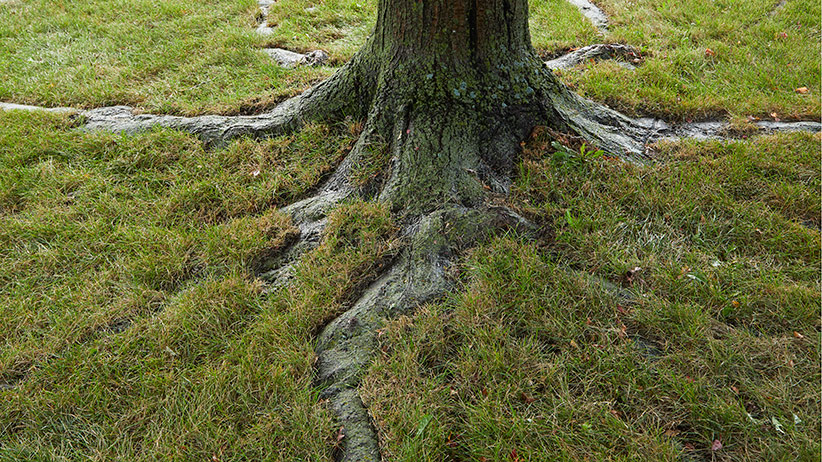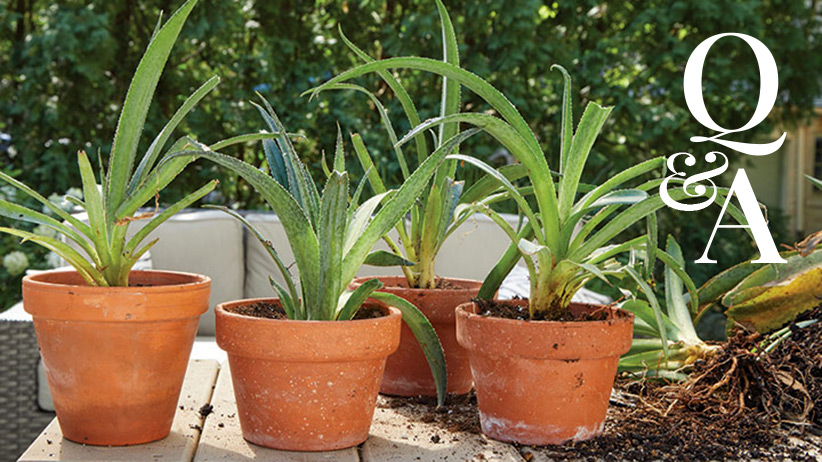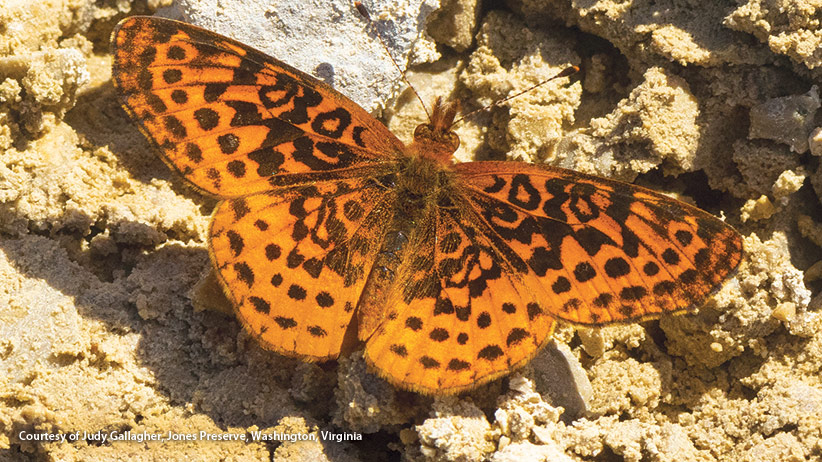Pruning myths
Are you getting ready to prune or have had problems pruning in past? Let’s take a look at some not-so-great advice you might have heard before and the reasons why it isn’t worth following. But we don’t want to leave you hanging there; we’ll also let you know the right way to do it.
1. Prune a lot off your trees at one time so you won’t have to prune as often
Actually, the opposite is true. A severe pruning often stimulates lots of weak new branches. You will either need to thin out some of the new growth (more pruning!), or let Mother Nature do it for you. Much of this weak growth breaks off or dies, creating an even bigger mess. It’s better to remove just a few branches every year.

2. Seal a fresh cut or wound with pruning paint or sealer
At best these products are cosmetic so you can’t see the wound. At worst they seal moisture in that will rot the wood. It’s better to skip them.
3. Prune a tree that’s struggling to survive
This will only add to the problem. The tree’s reaction to pruning will be to push out more growth and that may weaken it more. Better to leave the tree alone and let it try to correct the problem on its own. After a few years, if the tree is putting out new growth, then do some corrective pruning.
4. Pruning at the wrong time will kill a plant
Nope, it won’t. On a flowering shrub you may lose the flowers for a year or two. And trees that bleed, such as birch (Betula spp.) and maple (Acer spp.), will lose some sap if they’re pruned in the spring instead of summer. It can be messy, but they won’t die. So if you have to prune at the “wrong” time, or your tree is damaged in a storm, rest assured it’ll survive. One caveat: it is best to prune oaks (Quercus spp.) in winter when they’re dormant — cuts are more susceptible to diseases during the growing season.
You Might Also Like:
Handy Shrub Pruning Guide
Must-Have Pruning Tools
Spring Garden Cleanup Tips
How to Clean & Sharpen Rusty Pruners
5. If roots are damaged by construction, reduce the top of the tree to balance it out
Like any tree under stress, it needs leaves to make food. Take those leaves away and any stressed plant will suffer more. Better to leave it alone and see how it recovers and resumes growing before you cut off any limbs.
6. Top a shade tree (cut off most of its limbs) to prevent storm damage
Actually, topping makes a tree weaker and less resistant to wind damage. All of the dense new growth that comes after topping won’t let the wind easily filter though the branches. It’s more likely to have limbs snap off. It’s better to take off a few limbs to reduce wind resistance.
















